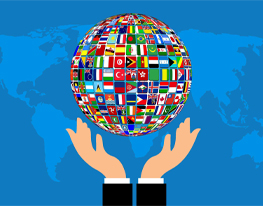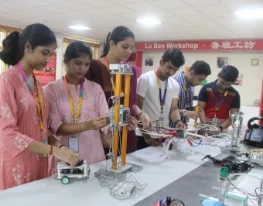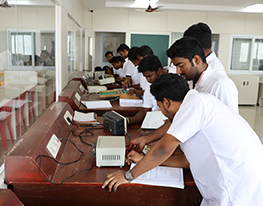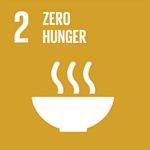- Home
- About Us
About us
Committee
- Admission
- Academics
Departments
- Artificial Intelligence and Data Sciences
- Computer Science & Business Systems
- Computer Science & Engineering
- CSE (Cyber Security)
- CSE (AI and Machine Learning)
- Information Technology
- Electronics and Communication Engineering
- ECE (Advanced Comm. Technology)
- EC (VLSI Design & Technology)
- Biomedical Engineering
- Electrical & Electronics Engineering
- Mechatronics Engineering
- Mechanical Engineering
- Civil Engineering
- Sciences & Humanities
- Placements
- Infrastructure
-
Tnea
Code 1399

End hunger, achieve food security and improved nutrition and promote sustainable agriculture
Goal 2 is about creating a world free of hunger by 2030.The global issue of hunger and food insecurity has shown an alarming increase since 2015, a trend exacerbated by a combination of factors including the pandemic, conflict, climate change, and deepening inequalities. By 2022, approximately 735 million people – or 9.2% of the world’s population – found themselves in a state of chronic hunger – a staggering rise compared to 2019. This data underscores the severity of the situation, revealing a growing crisis. In addition, an estimated 2.4 billion people faced moderate to severe food insecurity in 2022. This classification signifies their lack of access to sufficient nourishment. This number escalated by an alarming 391 million people compared to 2019. The persistent surge in hunger and food insecurity, fueled by a complex interplay of factors, demands immediate attention and coordinated global efforts to alleviate this critical humanitarian challenge. Extreme hunger and malnutrition remains a barrier to sustainable development and creates a trap from which people cannot easily escape. Hunger and malnutrition mean less productive individuals, who are more prone to disease and thus often unable to earn more and improve their livelihoods. 2 billion people in the world do not have regular access to safe, nutritious and sufficient food. In 2022, 148 million children had stunted growth and 45 million children under the age of 5 were affected by wasting.
Metrics
 SDG Goals
SDG Goals
- 01 – No Poverty
- 02 – Zero Hunger
- 03 – Good Health and Well-being
- 04 – Quality Education
- 05 – Gender Equality
- 06 – Clean Water and Sanitation
- 07 – Affordable and Clean Energy
- 08 – Decent Work and Economic Growth
- 09 – Industry, Innovation and Infrastructure
- 10 – Reduced Inequalities
- 11 – Sustainable Cities and Communities
- 12 – Responsible Consumption and Production
- 13 – Climate Action
- 14 – Life below Water
- 15 – Life on Land
- 16 – Peace, Justice and Strong Institutions
- 17 – Partnerships for the Goals


















